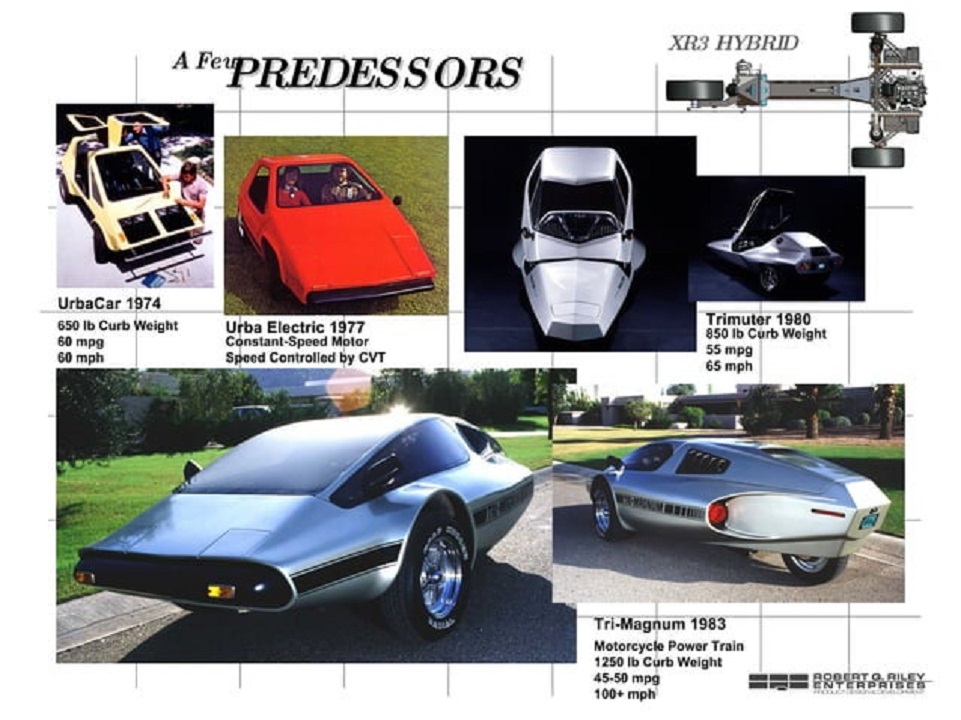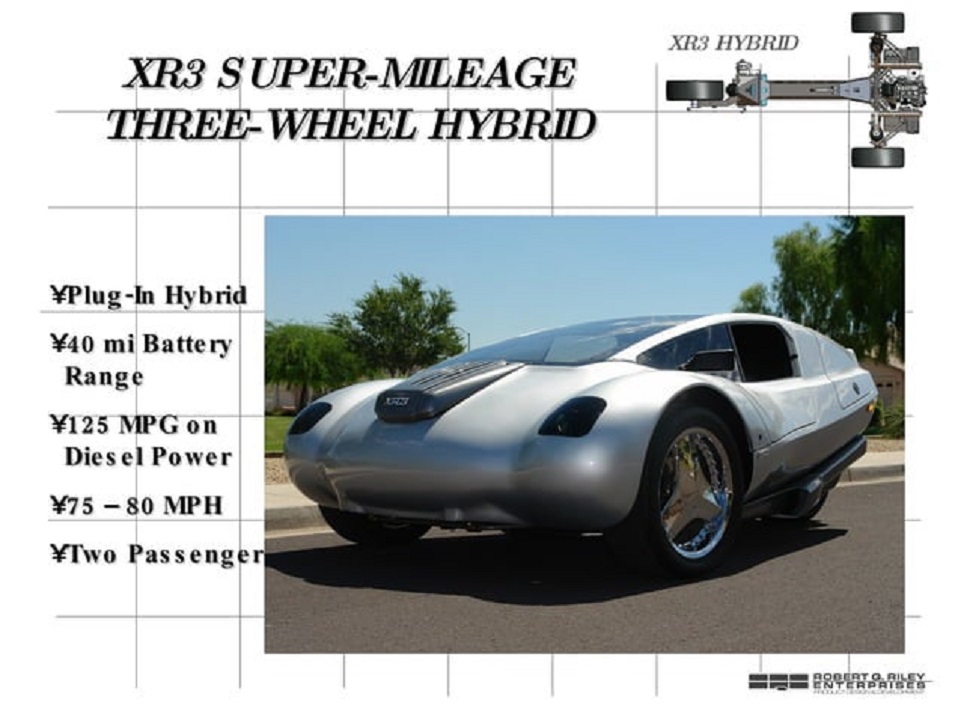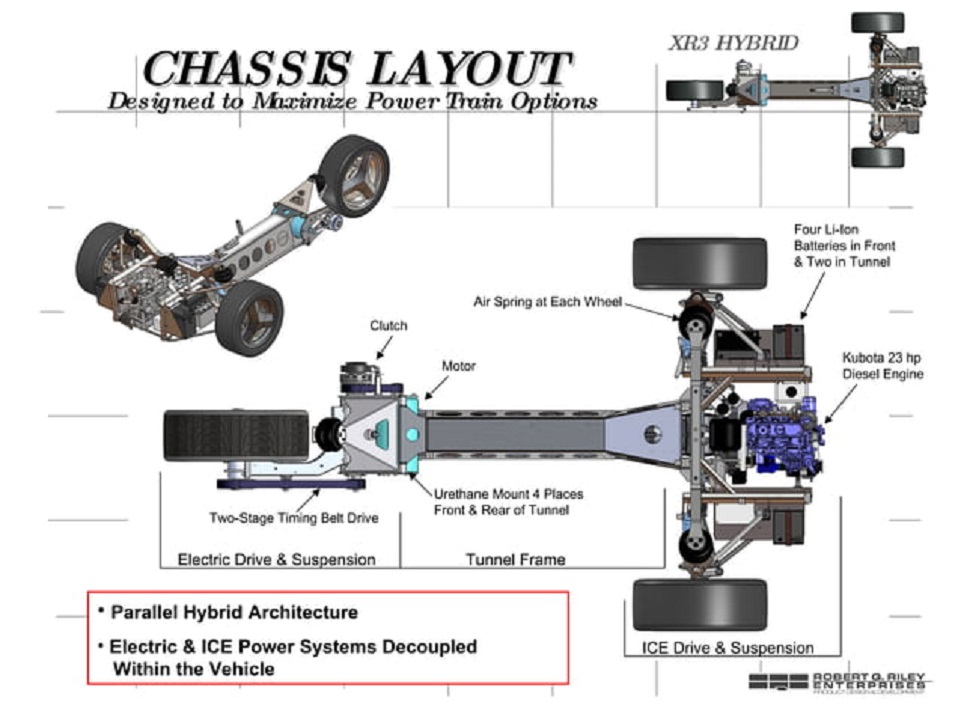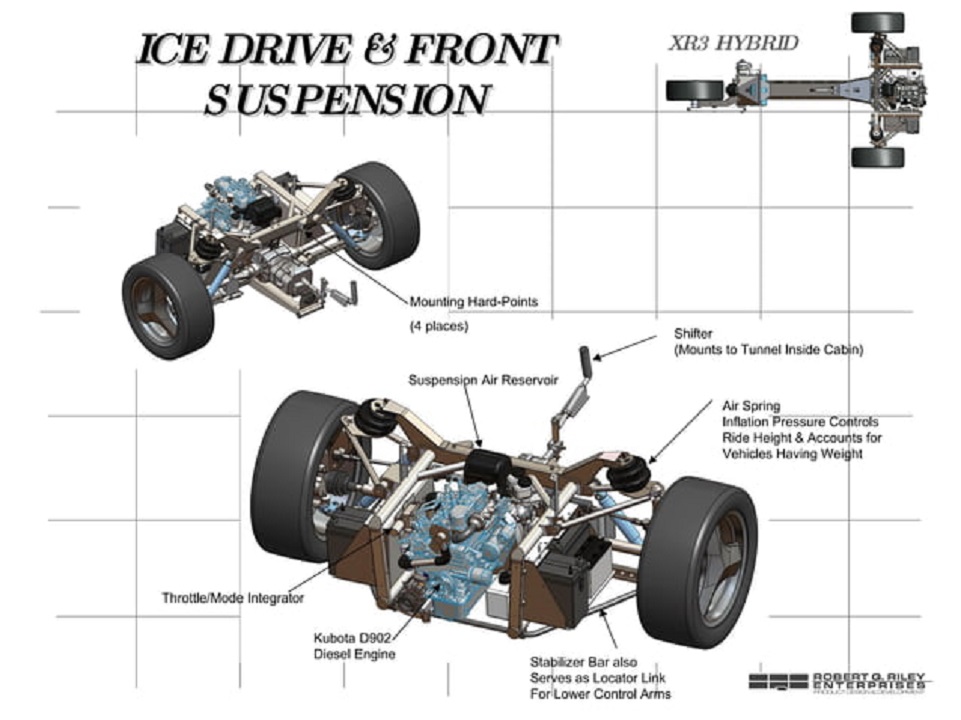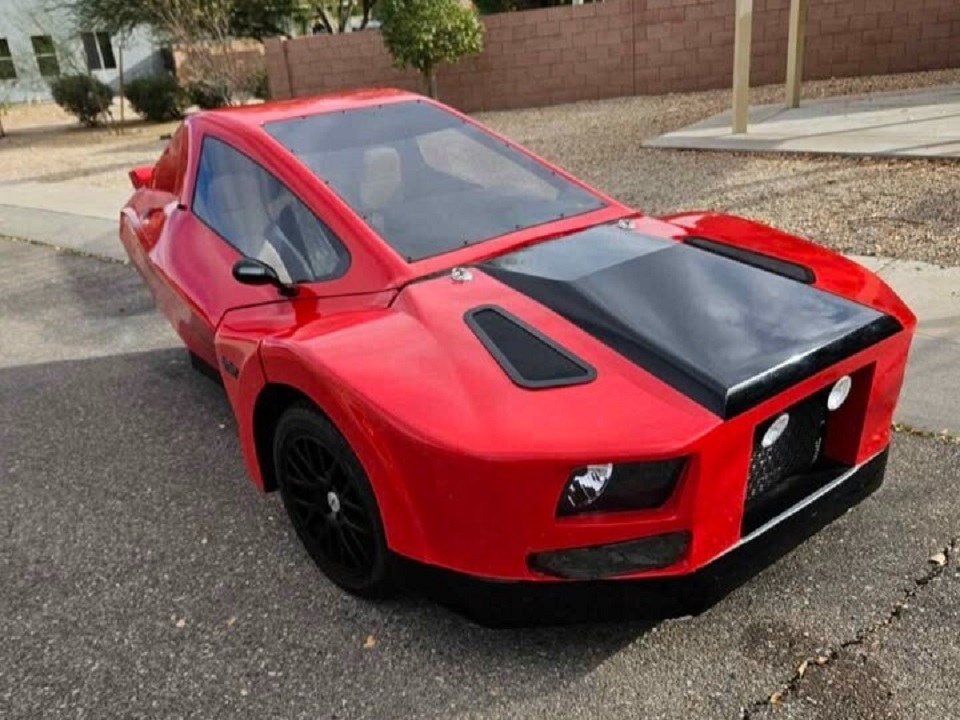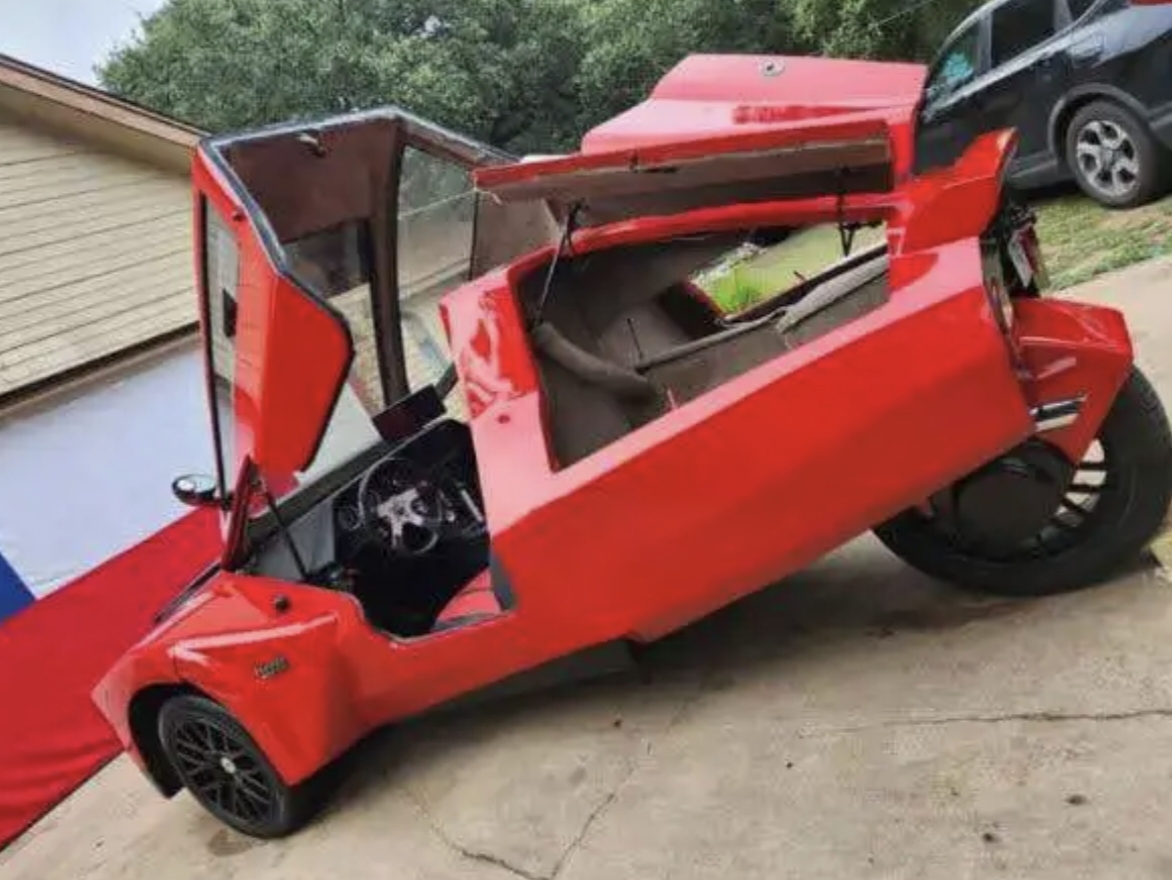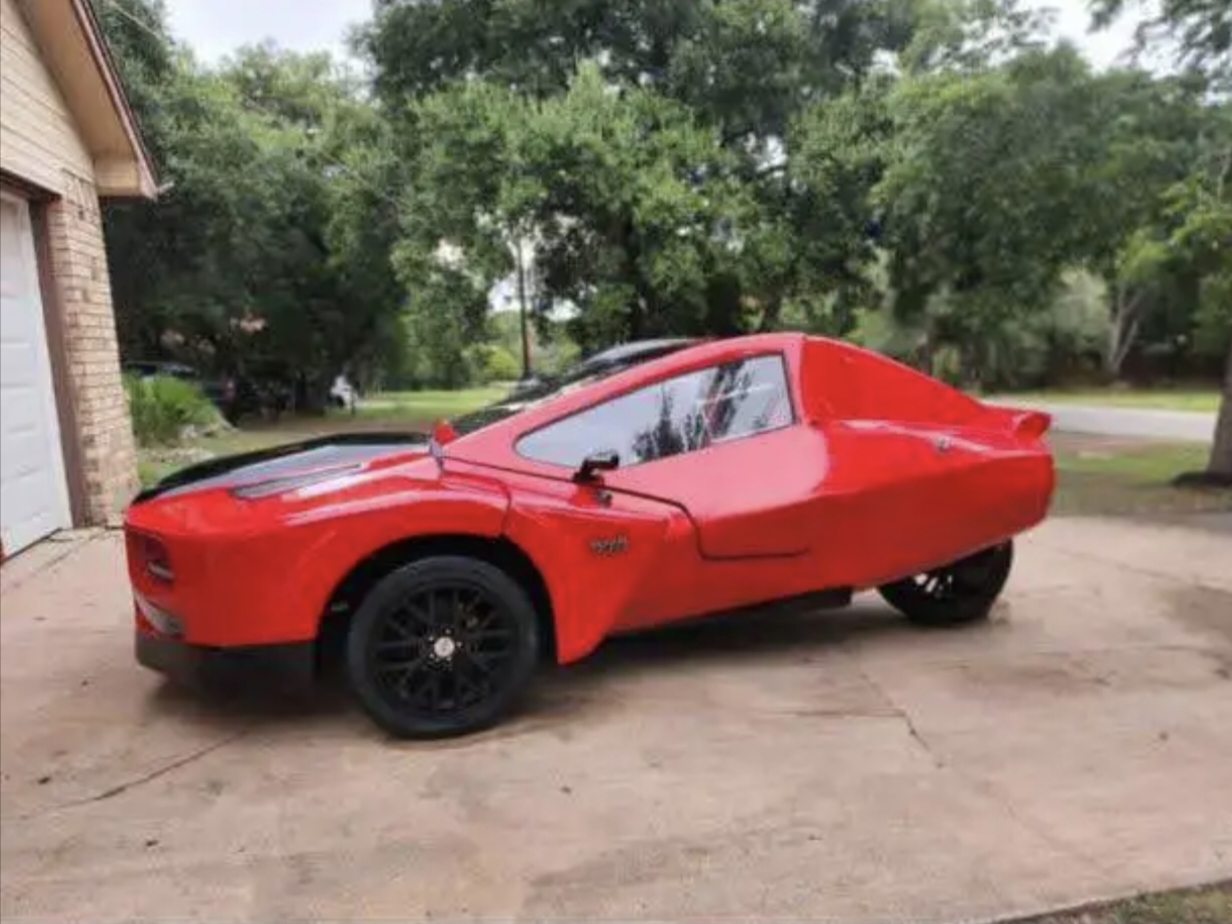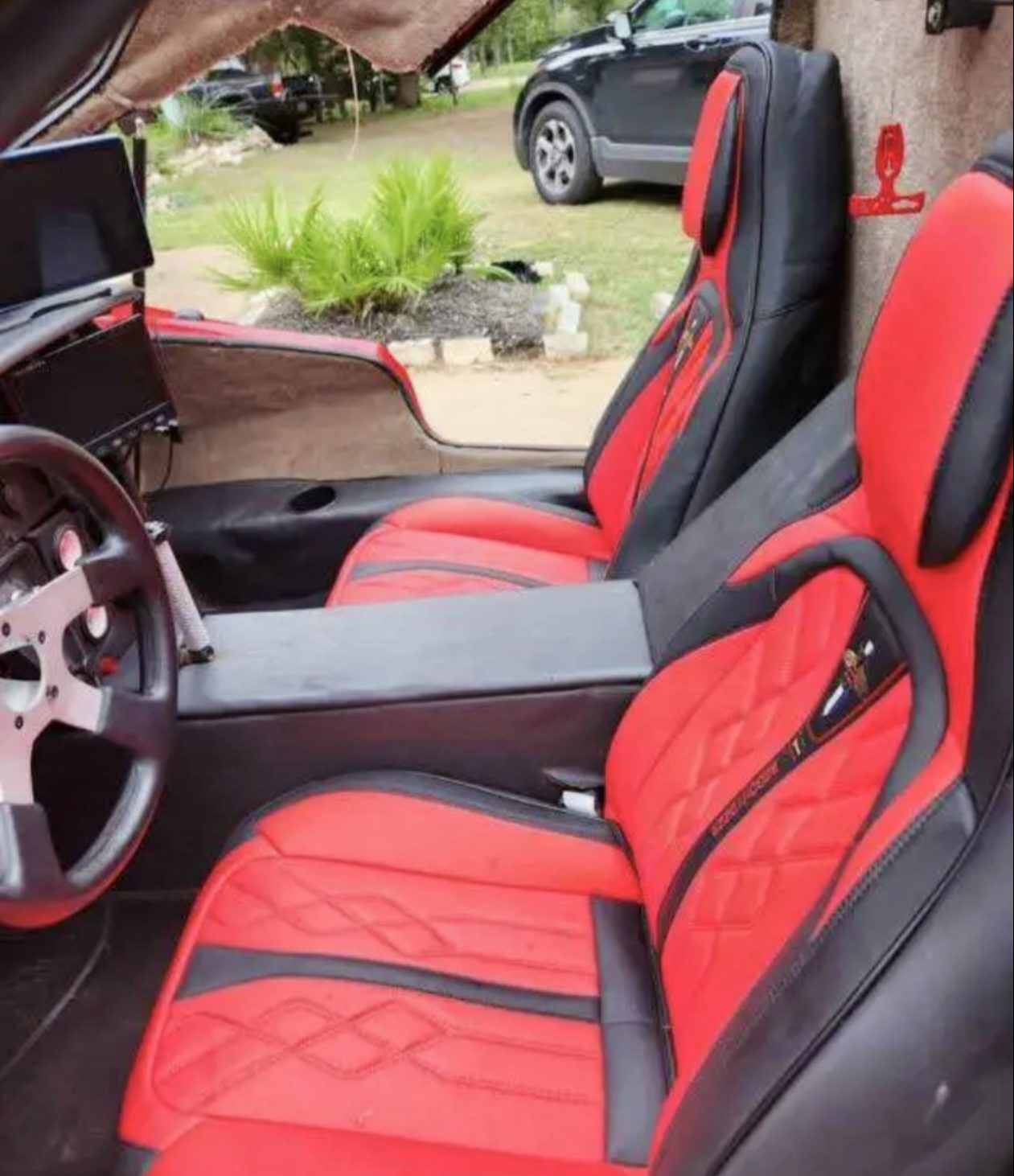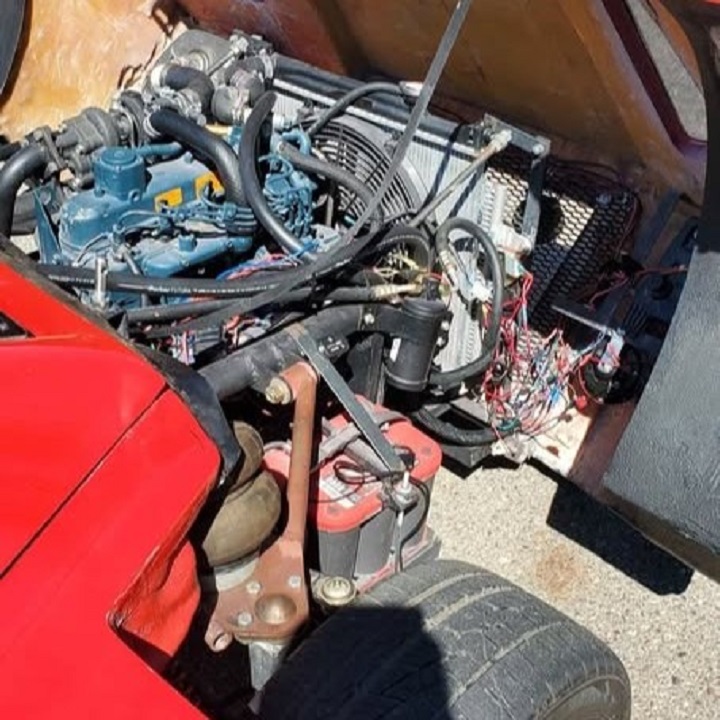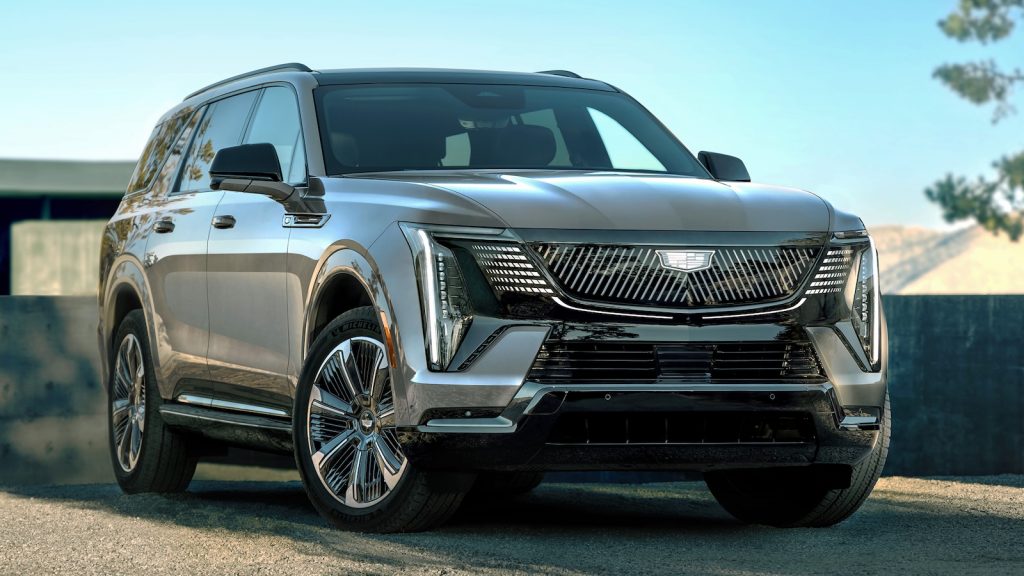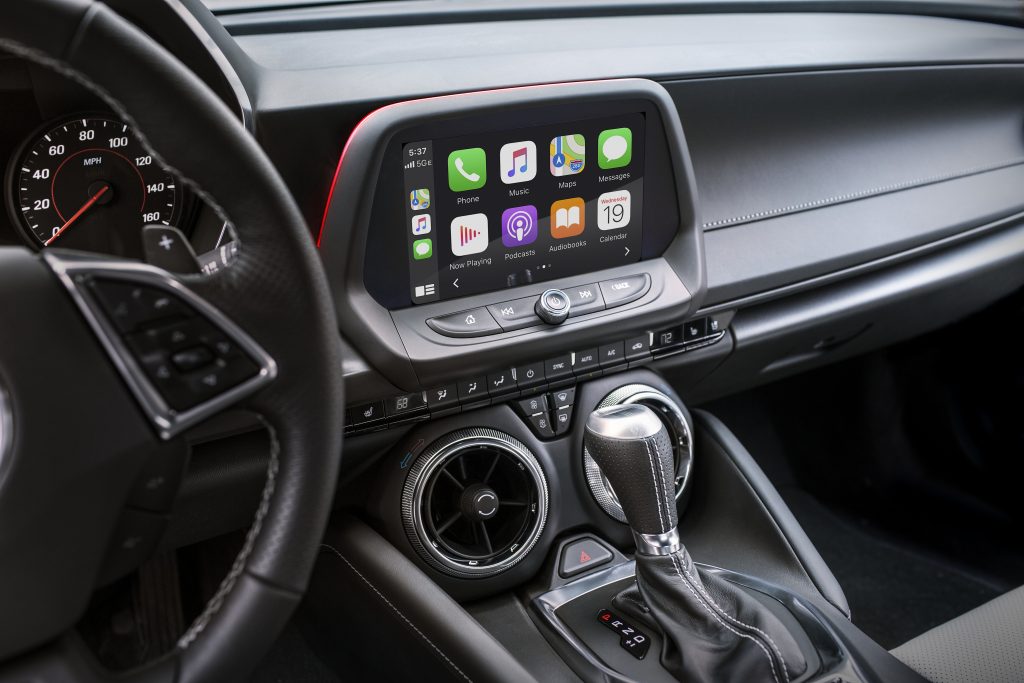When I look at what the future of automotive taste is, I think China is always the best example. Chinese consumers are excellent students of trends and culture. For years, that meant copying Western ideals of beauty and fashion. Now? It’s us copying them, whether it’s a Labubu or a Lincoln.
The Morning Dump will start in China this morning, where European automakers are failing to sell electric cars and, more importantly, to sell luxury cars. I think this is because what a luxury car was is not what a luxury car is. I think “brand” is a more malleable concept than it was before. It’s a tough lesson for some automakers to learn.
Polestar is one of these automakers that could have thrived in this environment, but it doesn’t seem to be happening based on its most recent sales. Ford has done slightly better than the market this year in North America. That’s premised on selling a lot of F-150s, and that ain’t happening without aluminum.
If you’re in Tennessee, there’s one product that Ford does seem to be able to produce at scale, though it’s maybe not one you’ll want to see in your rearview mirrors.
It’s Not That China Doesn’t Want Luxury Cars, It’s Just Luxury Has Changed
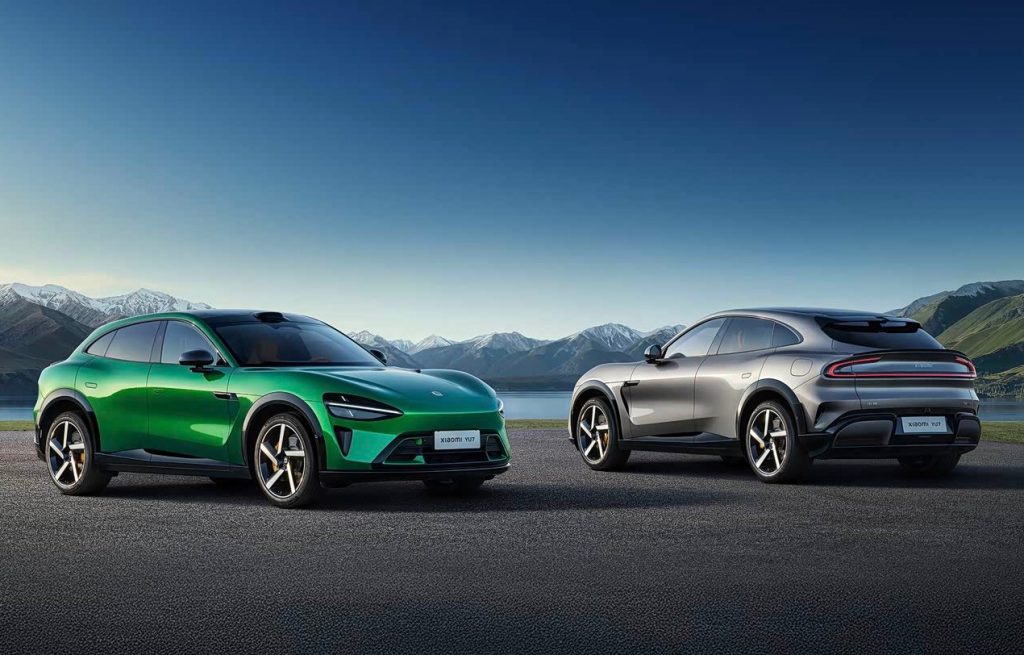
I’m not an expert in Chinese culture or even Chinese cars. I’m just an observer, and what I’ve noticed over the years is that Chinese cars have gone from following to leading when it comes to features and taste.
At first, it was just obvious things. Chinese consumers still bought luxury cars from European brands like Audi and Volkswagen; it’s just that they wanted longer wheelbase versions of everything. One oft-told reason is that government officials got chauffeurs, but couldn’t have a nicer car than their boss. Ergo, your direct report got an A6, you got an A6L, and your boss got an A8 (and their boss got an A8L).
There’s maybe some truth to that, though a bigger reason might be simple economics: It’s more car for not that much more money. Dig down even deeper, and you’ll see that many of the cars that were extended were locally produced, meaning that an A6L built by FAW-VW-Audi under a JV was way cheaper than an imported A8.
Whatever the reason, more Western consumers started getting the longer-wheelbase versions of traditional models as well. It didn’t stop there.
One of our earliest posts was about how the Chinese Explorer’s interior was so much better than the interior on the North American version, and, lo and behold, the American version looks a lot more like the one Chinese consumers had three years ago.
When Tesla debuted, the simple designs absolutely killed companies like Audi and Mercedes, with the Model S quickly becoming the best-selling luxury car in America. For years, European automakers said that their brand image, years of engineering prowess, and special sauce of driving feel made them untouchable. Tesla’s first luxury sedan absolutely whomped them.
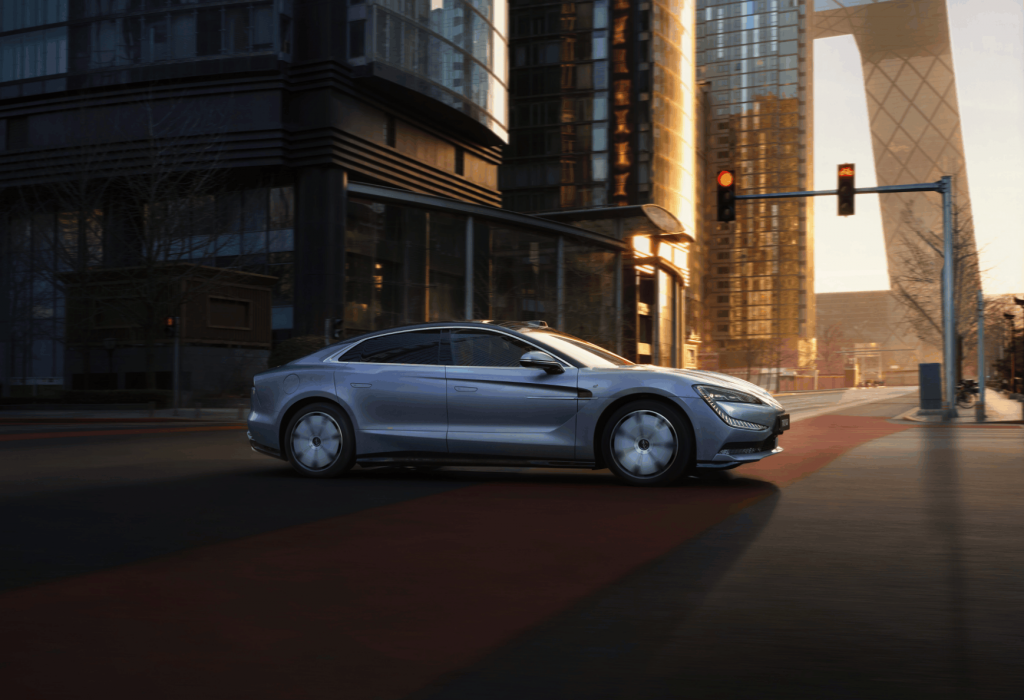
Chinese automakers have taken this one step further. It doesn’t seem to matter what the form factor is (sedan, SUV, MPV), the cars that Chinese consumers view as desirable are the ones with the most driver-focused technology. It may not entirely appeal to gearheads, but people want stuff.
If you look at the Xioami Xu7 (a car so good that Ford CEO Jim Farley didn’t want to give his up), the vehicle runs the company’s HyperOS (via Qualcomm’s Snapdragon system-on-chip), which allows the infotainment system to mirror smartphones, tablets, and interface with the company’s smarthome systems. It also has an advanced driver-assistance system that is as good (or better) than anything else out there on the consumer side.
You know who is having a hard time competing with that? Per Bloomberg:
Western manufacturers are losing ground in the world’s biggest car market to homegrown rivals such as BYD and Xiaomi, whose feature-packed EVs are undercutting them on price. Fierce competition in China is squeezing profit margins, while a slowdown in the real estate sector is limiting luxury demand. BMW lowered its earnings forecast earlier this week, citing the China slump and costs related to U.S. tariffs.
Weak demand for luxury EVs is hitting automakers already dealing with muted growth in Europe. All of them have corrected course by cutting costs or shifting funds back into combustion-engine and hybrid models.
I don’t think it’s just a cost thing. European automakers are trying to sell “luxury” with cars that lack the features that the consumer views as luxury. That’s not a recipe for success.
Polestar Sales Were Up 13%, That’s Not Enough
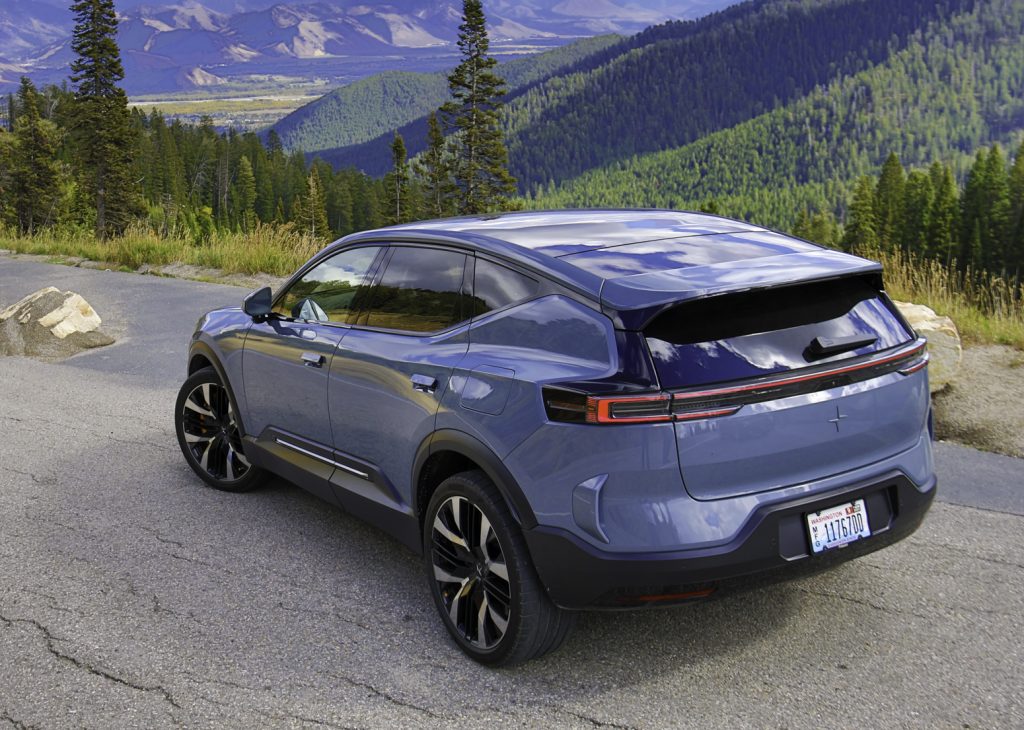
Sam wrote last year that the Polestar 3 “gives the Polestar brand a reason to exist.” I’m less convinced.
The Volvo-aligned, Geely-owned company has produced some good cars, but it’s not really differentiated enough from the rest of the market in any way that seems to matter. Proof?
Most automakers saw a huge increase in EV sales thanks to the death of the IRA tax credit. Polestar? Not so much:
Polestar (Nasdaq: PSNY) global retail sales amounted to an estimated 14,192 cars in Q3 2025, up 13% versus Q3 2024. For the first nine months of the year, retail sales approximated 44,482 cars, a growth of 36% compared to the same period last year.
Is that enough? That doesn’t seem like enough. By comparison, GM’s Q3 EV sales were up over 100%.
The Aluminum Fire Seems Like It’s Going To Cost Ford A Ton Of Money
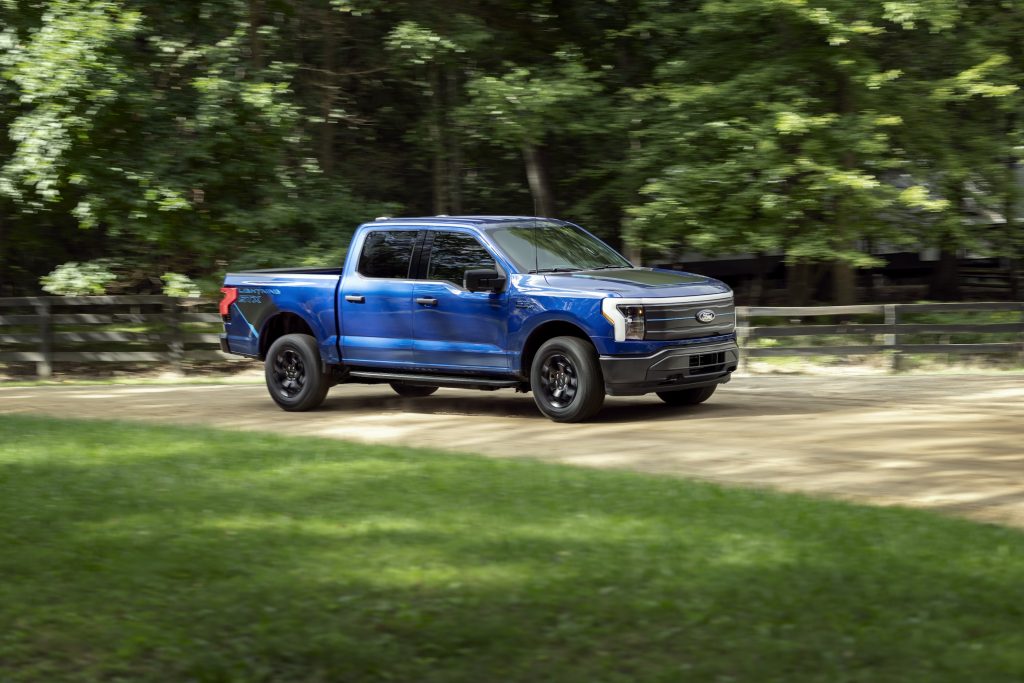
Ford pioneered the use of aluminum in trucks. The company took some heat for it, but now everyone seems to be following the F-150’s lead. The problem is that new tariffs on aluminum mean that Ford really needs a domestic source for automotive-grade aluminum, and a fire at the Novelis plant in upstate New York is going to make a dent in the company’s operations.
According to Reuters, that might be a big dent:
A fire at a New York aluminum plant that is expected to affect production of Ford Motor Co.’s F-150 truck for months will sap up to $1 billion from the automaker’s earnings, according to Evercore ISI analysts.
Meanwhile, Ford is pausing production next week of the F-150 Lightning electric pickup in Dearborn, Mich., because of the aluminum plant fire, a union official at the plant said.
A memo shared with workers at the plant, viewed by Reuters, said the Rouge Electric Vehicle Center will be off next week. Nick Kottalis, the UAW chairman of Dearborn Truck, as well as the REVC, confirmed the shutdown was related to the aluminum factory fire. Ford declined to provide specifics on any production adjustments.
A billion? With a “b”? That’s bad timing, given all the tariff disruptions.
Tennessee Has A New Car To Fight Reckless Driving
The Tennessee Highway Patrol has a new tool to ” stop reckless driving, enforce speed laws, and respond when lives are on the line.”
I do like the THP livery, and it looks great here. I’m also a sucker for Mustang police cars.
“This is one reason why we still make 5-liter V8s. To serve and protect,” a Ford spokesperson told me this week.
Obviously, using a Mustang to fight reckless driving is a bit like using kerosene to fight a forest fire. Perhaps it’s like a control burn situation? A control burnout?
What I’m Listening To While Writing TMD
TMD favorite Blondshell did a version of “Arms” with breakout singer Gigi Perez and it’s predictably great.
The Big Question
What’s a luxury car?
Top photo: Xiaomi
The post A Luxury Car Isn’t A Luxury Car Anymore appeared first on The Autopian.

 ︎
︎









